Kokugakuin University Visiting Fellows Program
by Seiji Hoshino
Kokugakuin University is pleased to announce a call for applications to The Kokugakuin University Visiting Fellows Program for the academic year 2017-2018.
“Toward the promotion of international academic communication and cooperation, and in the interest of stimulating global research on Japanese society and culture, Kokugakuin University administers a Visiting Fellows Program to support qualified foreign researchers with fellowships as Kokugakuin University Visiting Fellows.”
Qualifications:
Applicants for the Visiting Fellows program shall be researchers engaged in a field of study dealing broadly with Japanese culture and society.
The focus of a Visiting Fellow’s research must be one shared with one or more faculty members of Kokugakuin University to allow the provision of appropriate collaboration with and direction to the Visiting Fellow.
In principle, Visiting Fellows must be candidates for the Ph. D. degree (or equivalent) affiliated with universities or research intuitions located outside of Japan.
Citizenship or nationality is not taken into consideration when selecting Visiting Fellows.
The successful applicant for the Visiting Fellows Program shall possess a sufficient command of the Japanese or English language to allow successful completion of research and academic activities in Japan.
During the term of his or her designation as Kokugakuin Visiting Fellow, an individual may not receive other fellowships or funding exceeding JPY300,000 (or equivalent) per month, and may not take on any employment not permitted by the conditions of his or her visa.
For full details, please follow the link:
http://www.kokugakuin.ac.jp/intl/kokusai0200012.html
Application Deadline: December 15, 2016
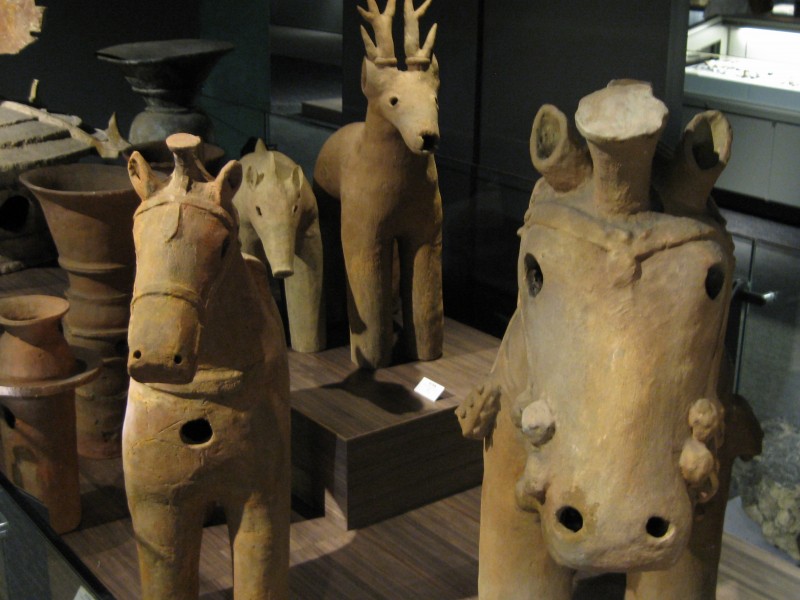
Haniwa in the Kokugakuin Museum, a treasure trove of items related to Shinto origins

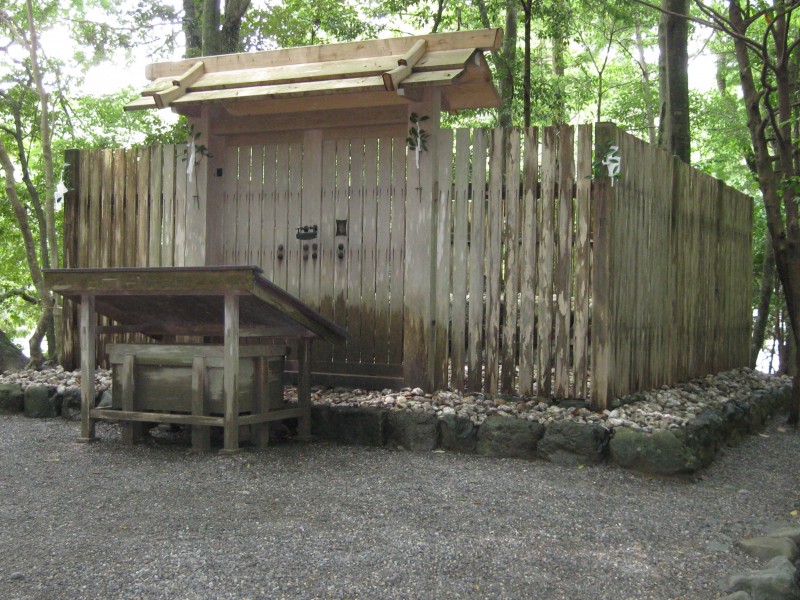
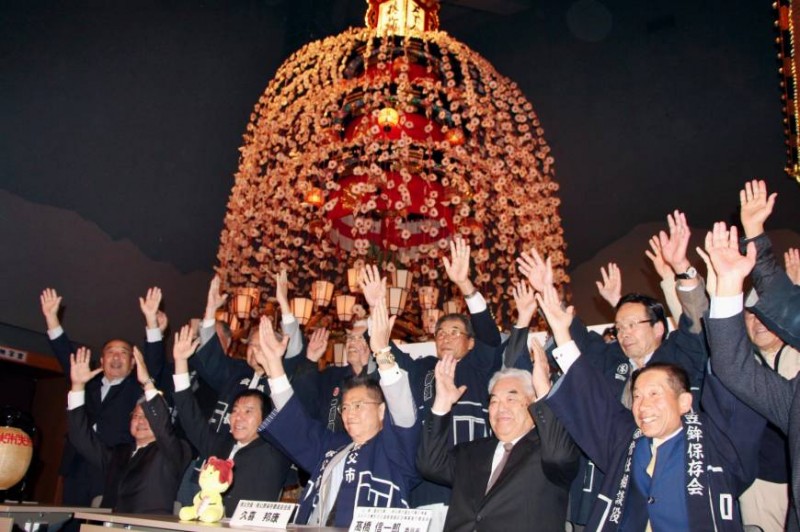
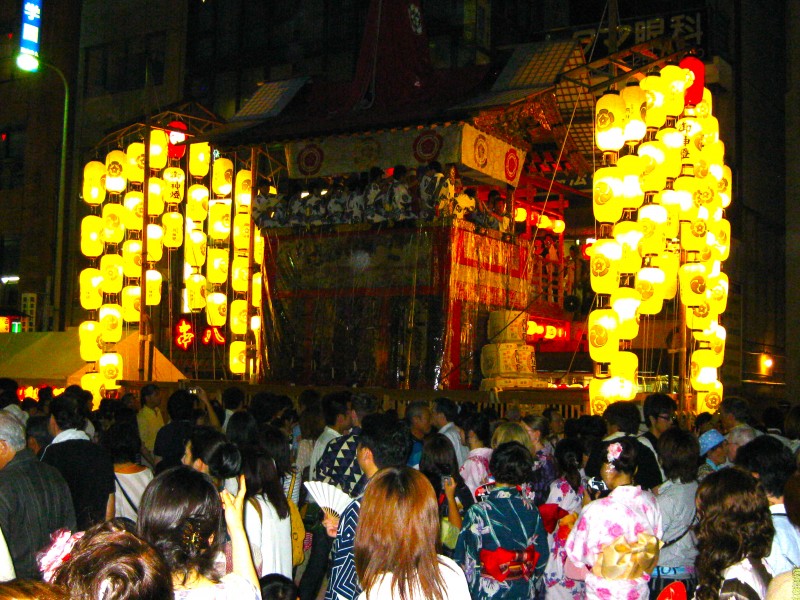
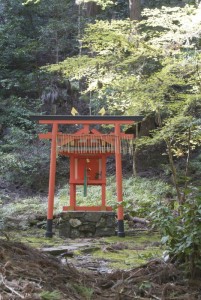
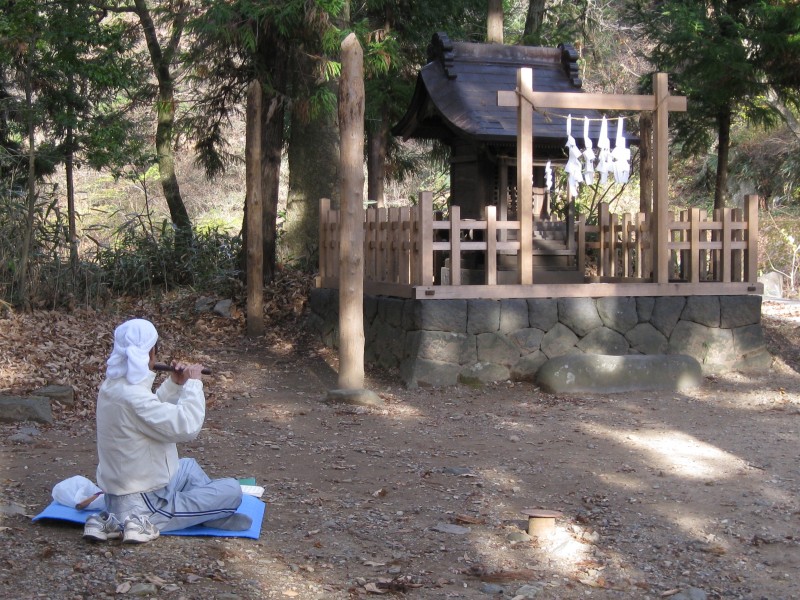
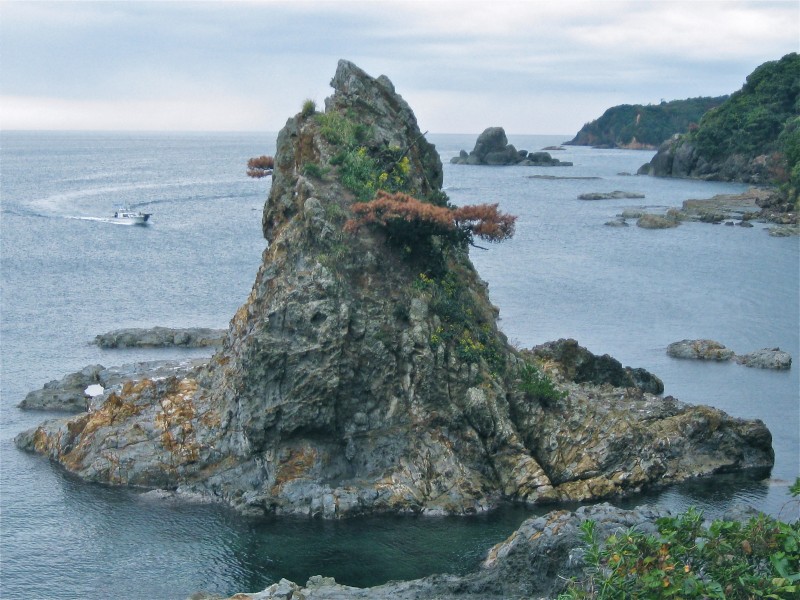


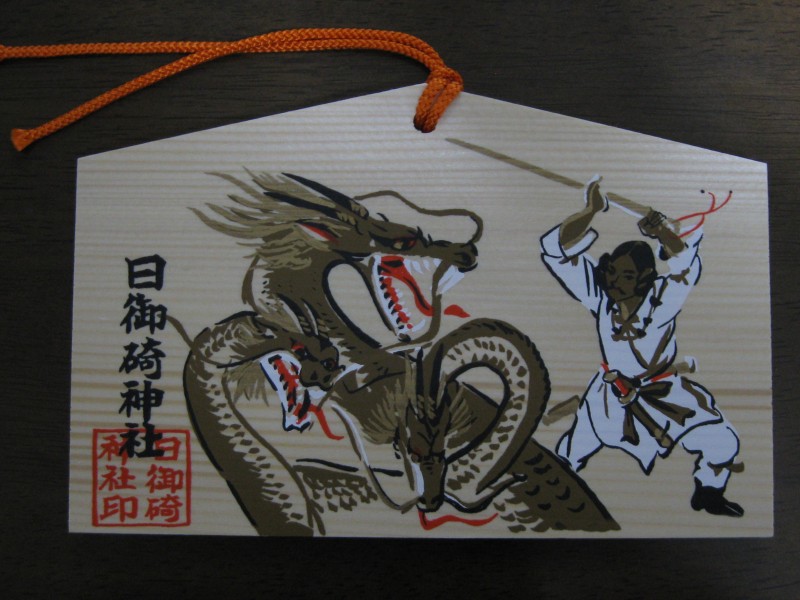
85 lawmakers visit Yasukuni Shrine
A Shinto priest leads a group of lawmakers at Yasukuni Shrine in Tokyo on Tuesday. AFP